No Eggs? No Problem. Your Go-To Guide for Flawless Baking.
I’ve spent more time in professional kitchens than I can count, and let me tell you, the biggest lessons often come from the biggest curveballs. Early in my career, I was tasked with making a birthday cake for a kid with a serious egg allergy. Back then, finding reliable info on egg-free baking was a real hunt. It sent me straight back to square one, forcing me to figure out why a recipe even needs an egg in the first place.
In this article
That whole experience was a game-changer. It taught me that great baking isn’t about following a recipe to the letter—it’s about understanding what each ingredient is actually doing. And eggs? They’re the ultimate multitaskers.
Eggs bind, they lift, they add moisture, and they create that perfect tender crumb we all crave. So when you take one out, you have to replace its job. Simply omitting an egg is a recipe for disaster (literally, a crumbly, sad disaster). But if you know what you’re trying to achieve, you can make a smart swap that works beautifully. This guide is built on all those years of trial and error, for anyone facing an empty egg carton, a new dietary choice, or an allergy.
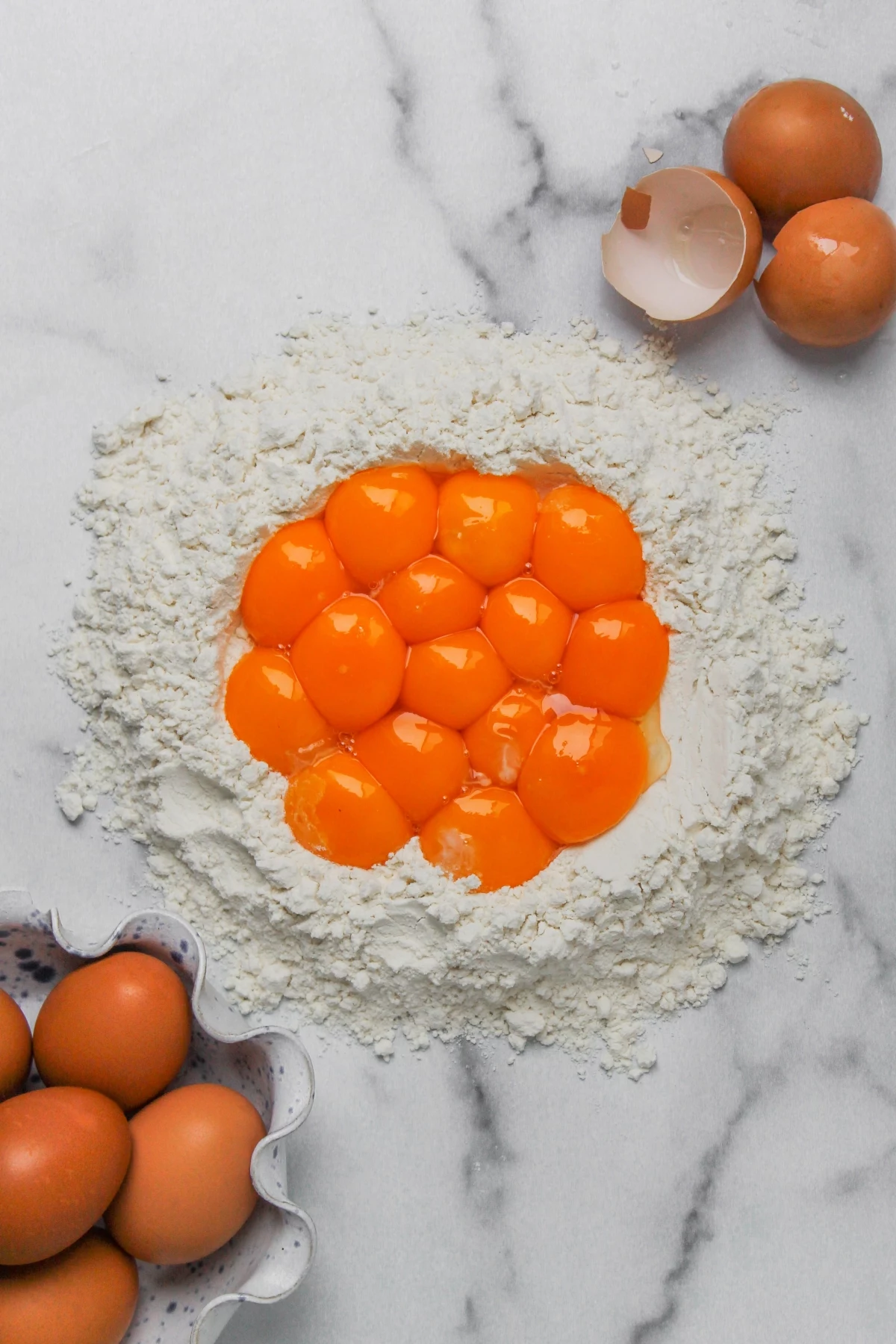
What Do Eggs Actually Do in a Recipe?
Before you can swap something out, you’ve got to know what it brings to the party. In baking, eggs are doing four critical jobs, and most recipes rely on at least a couple of them. Understanding these is the secret to picking the right substitute.
1. Binding: The Glue That Holds It All Together
Think of an egg as the structural net for your batter. When egg proteins heat up, they coagulate—they basically unfold and link together, trapping all the other ingredients like flour and sugar. Without a good binder, your muffins and cookies would just be a pile of sweet, greasy crumbs. It’s non-negotiable.
2. Leavening: Creating That Light, Airy Lift
Leavening is what makes cakes rise. Eggs help in two ways. First, the water in them turns to steam and pushes the batter up. More importantly, when you whisk eggs, you’re creating a foam of tiny air bubbles. The egg’s proteins form a flexible film around these bubbles, and when heated, that trapped air expands. This is the entire magic trick behind super-light cakes that don’t use much baking powder.
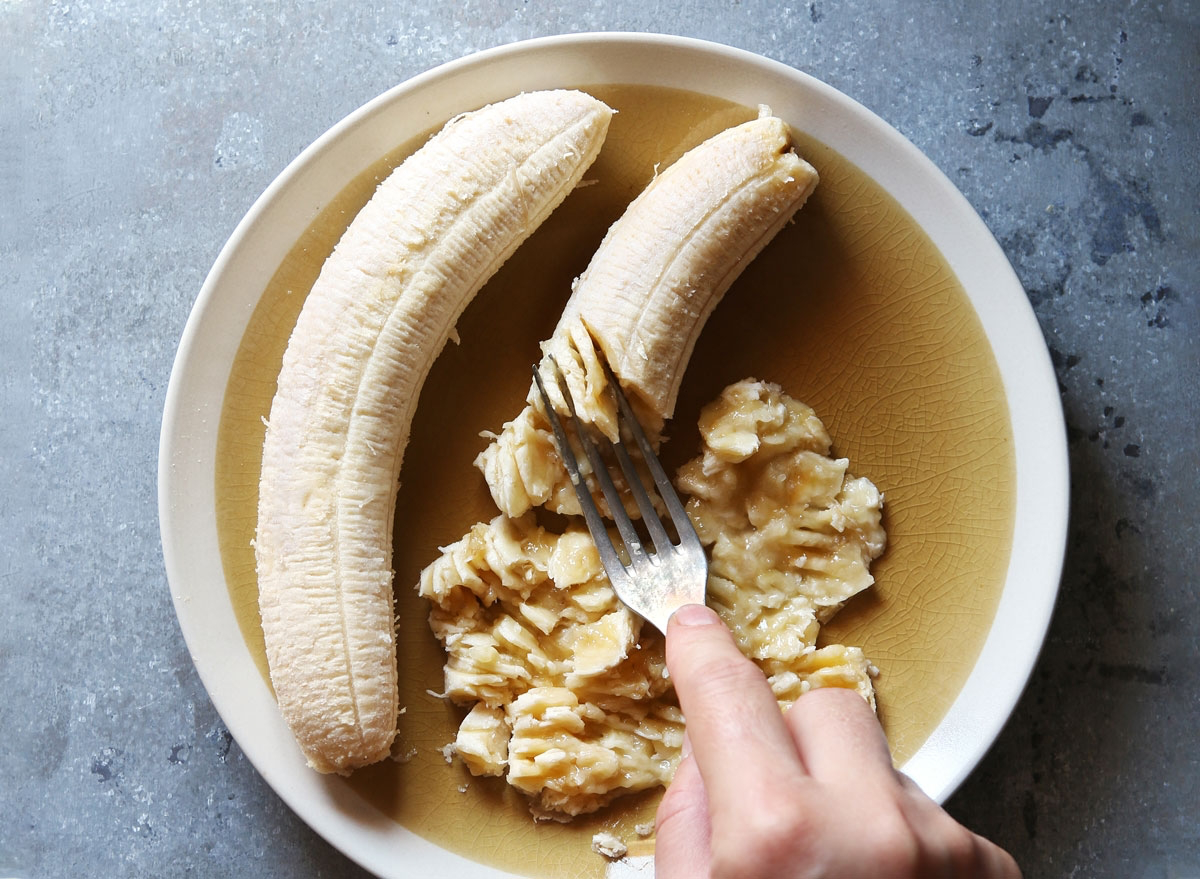
3. Moisture & Fat: The Secret to a Tender Bite
A large egg is mostly water, which is crucial for keeping your bakes from turning out dry. The yolk, however, is where the fat is. This fat tenderizes the bake, resulting in a softer, less chewy texture. The yolk also contains lecithin, a natural emulsifier that helps fat and water mix smoothly. This leads to a uniform batter and a fine, even crumb in your finished cake.
4. Flavor & Color: The Finishing Touches
Let’s be honest, eggs also add a certain richness and flavor. They also help baked goods get that beautiful golden-brown color. While important, these are usually secondary to the big three jobs above.
Your Egg-Free Pantry: The Best Swaps and When to Use Them
Okay, now for the fun part. No single substitute does everything an egg can, so the key is to match the swap to the egg’s main role in your specific recipe. I keep all of these in my own kitchen.
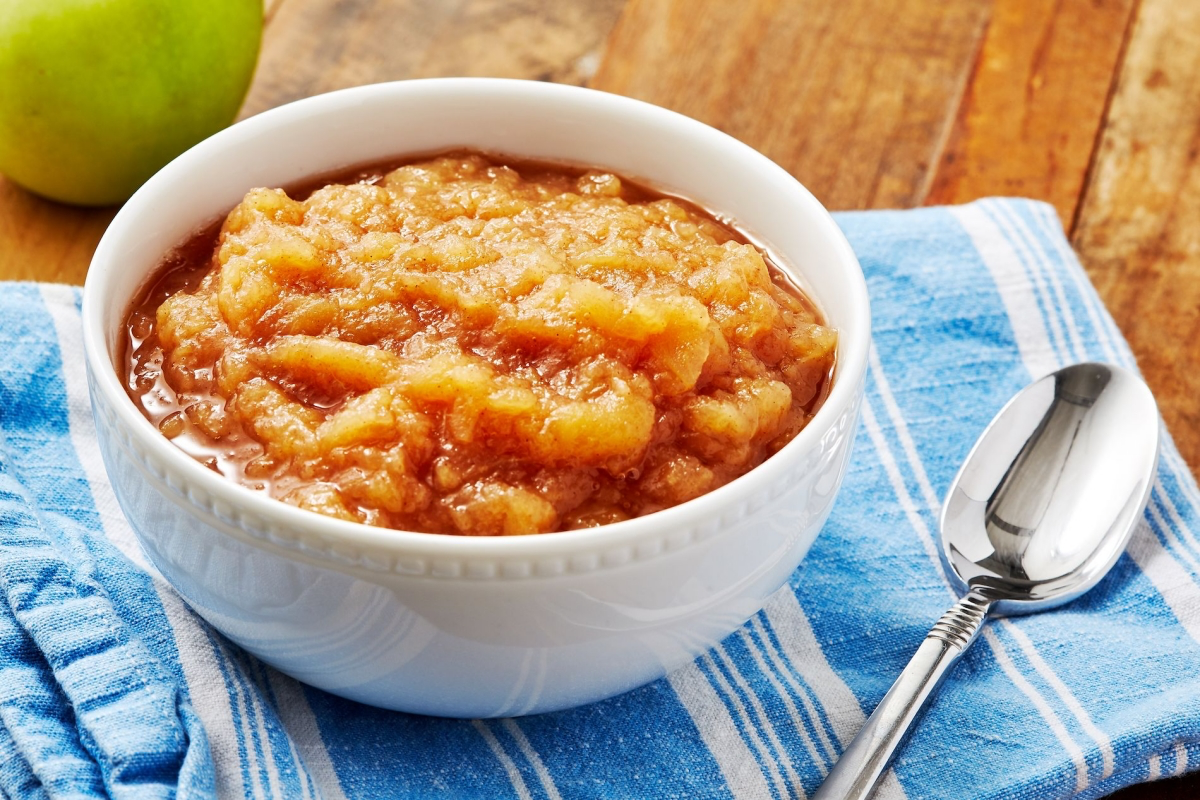
Fruit Purées: For Moisture and Binding
This is probably the most common starting point, and for good reason. They work wonders in dense, moist bakes.
How they work: Applesauce, mashed banana, and pumpkin purée bring a ton of moisture to the table. They also contain pectin, which is a natural fiber that helps bind everything together. Heads up, though: they provide zero lift. In fact, their weight can make a cake a bit denser, which can be a good thing!
The Pro Technique: Use 1/4 cup (about 60 grams) of unsweetened fruit purée to replace one large egg. Try to use unsweetened if you can find it. If you only have the sweetened stuff, just dial back the sugar in your recipe by a tablespoon or two. I always mix the purée in with the other liquids, like oil or milk, to make sure it gets distributed evenly.
Best For: Muffins, quick breads, brownies, and dense cakes. These recipes usually have baking soda or powder to do the lifting anyway.
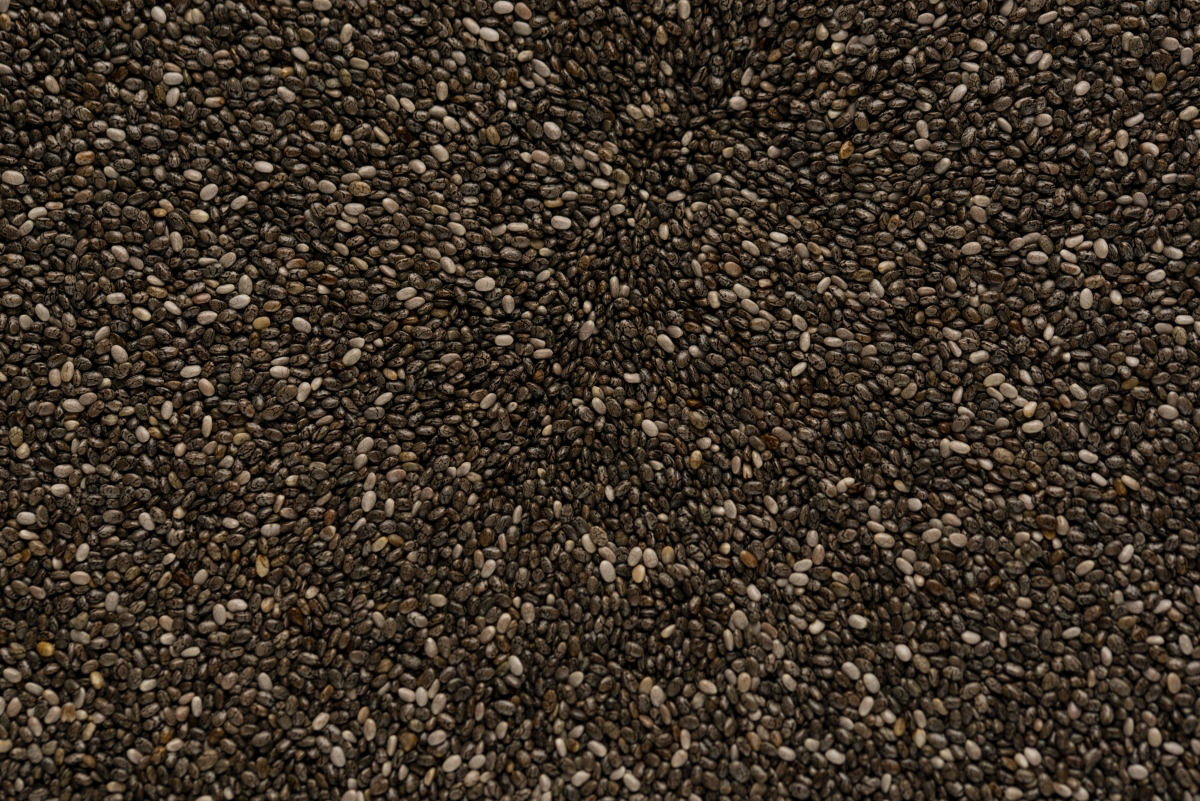
Flavor Check: Be mindful of the taste! Mashed banana is amazing in banana bread but will definitely hijack the flavor of a delicate vanilla cake. Unsweetened applesauce is your most neutral bet. I learned this the hard way when a batch of brownies ended up tasting more like banana bread—not the goal. Now I stick to applesauce for a clean chocolate flavor.
Budget-Friendly: A jar of applesauce or a can of pumpkin purée will typically run you $2-$4 and can be used for multiple batches.
Ground Flax or Chia Seeds: The Ultimate Binders
When an egg’s main job is just to hold things together, ground seeds are my absolute favorite. They are brilliant in recipes that don’t need a ton of rise.
How they work: When you mix ground flax or chia seeds with water, they form a thick, gel-like substance. This gel is an incredible binder that mimics an egg’s protein structure really well.
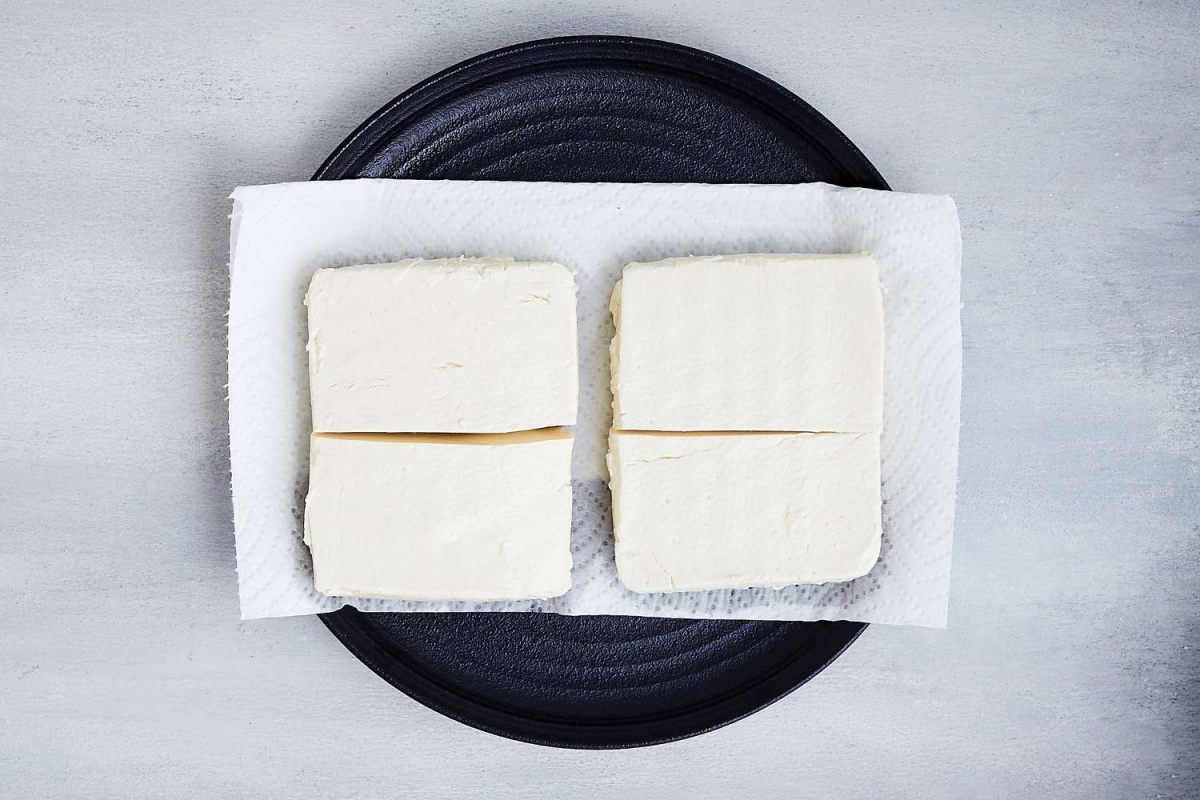
The Pro Technique: You have to use ground seeds for this to work. You can buy them pre-ground (look in the health food or baking aisle), but I prefer to grind them myself in a cheap coffee grinder. It takes 10 seconds and the flavor is way better. To replace one egg, just mix 1 tablespoon of ground flax or chia seed with 3 tablespoons of water. Whisk it and let it sit for about 10 minutes until it turns into a thick goo. I find chia seeds make a slightly stronger gel.
Best For: Pancakes, waffles, hearty cookies, and whole-grain breads. They add a nice, nutty flavor.
Good to know: This will make your batter thicker, and the final product will be a bit denser and chewier. That’s not a bad thing, just something to expect! Also, the dark flecks will be visible, so keep that in mind for pale-colored bakes.
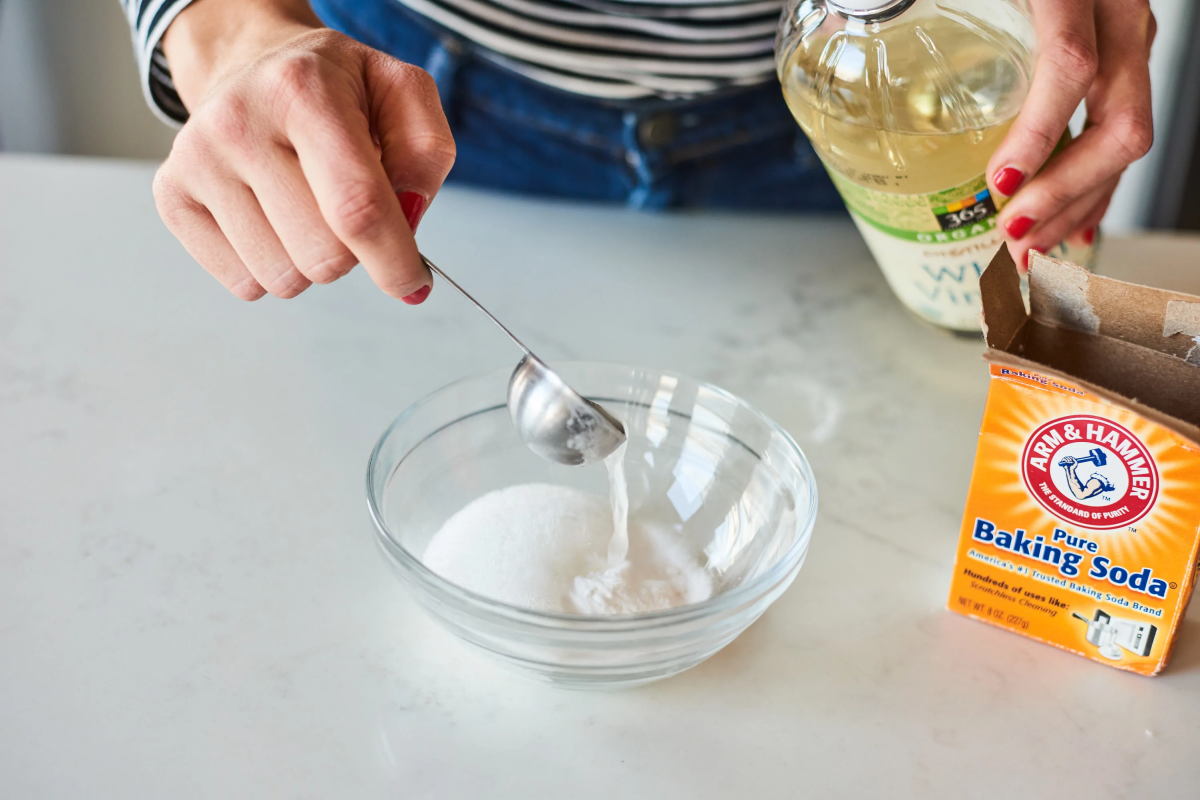
Budget-Friendly: A bag of ground flaxseed costs about $4-$6 and will last you for ages, making it one of the most cost-effective options.
Silken Tofu and Yogurt: For Richness and a Fudgy Texture
Need moisture, some binding, and a little richness? These are fantastic choices. (Obviously, use a dairy-free yogurt if you’re going for a fully vegan bake).
How they work: Silken tofu is super soft and, when puréed, creates a smooth, thick base that adds moisture and structure. Plain yogurt works similarly, and its acidity can give your baking soda a little extra boost of lift.
The Pro Technique: For silken tofu, use 1/4 cup (about 60 grams) of puréed tofu per egg. You have to blend it until it’s perfectly smooth—no lumps! For yogurt, use 1/4 cup (60 ml) per egg. Always go for plain, unsweetened, full-fat versions for the best, most tender texture.
Best For: Fudgy brownies, dense cakes, and rich quick breads.
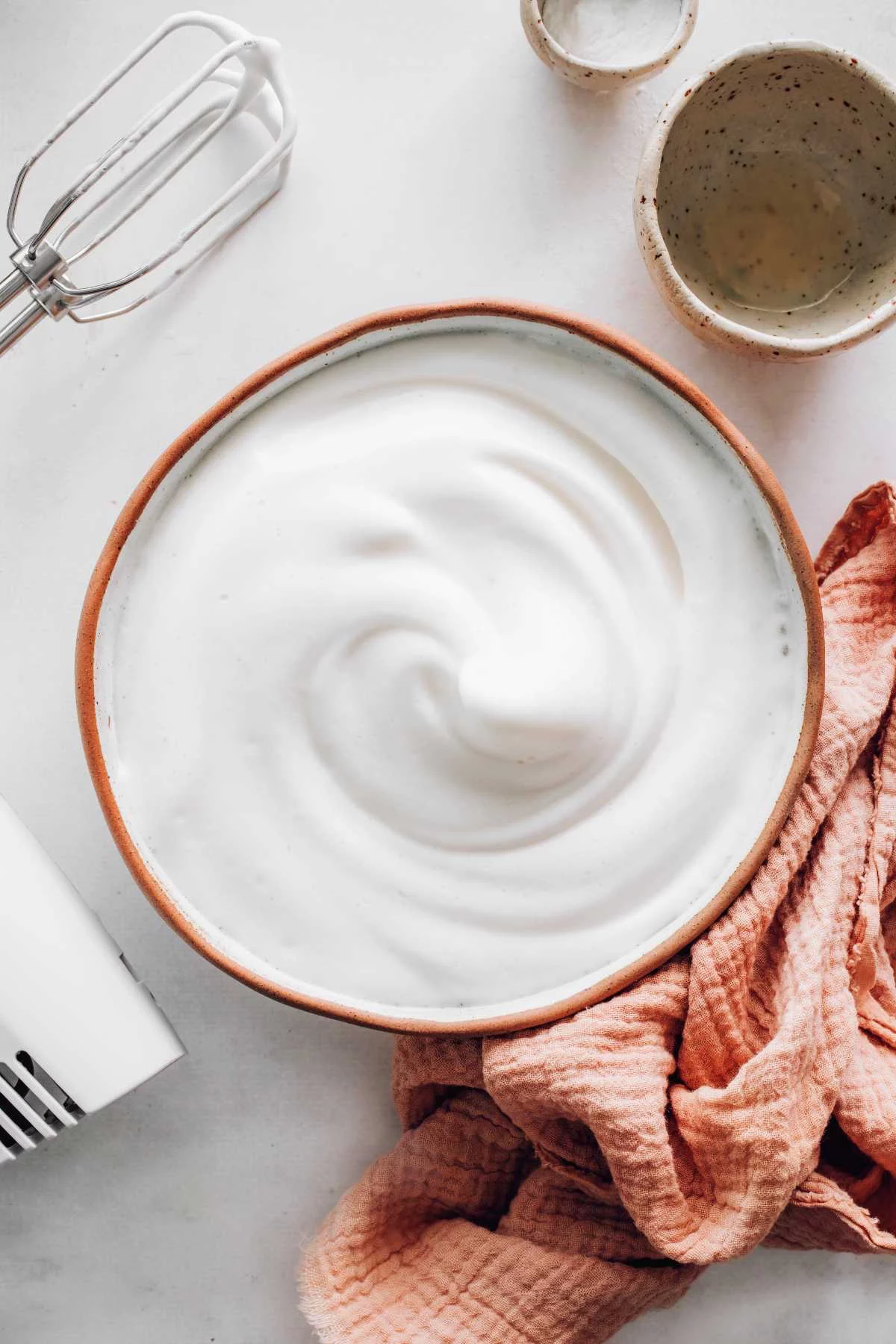
Allergy Alert: Just remember, you’re swapping one potential allergen (eggs) for another (soy or dairy). If you’re baking for others, be crystal clear about what’s in your food. Labeling is caring!
Aquafaba: The Meringue Miracle Worker
Honestly, aquafaba is one of the coolest baking discoveries out there. It’s the liquid from a can of chickpeas. Yes, really—the stuff you usually pour down the drain.
Did you know? The name literally just means “bean water.” It wasn’t invented in some corporate food lab; home cooks and bakers figured out its magical properties through experimentation!
How it works: The liquid has proteins and starches from the chickpeas that behave almost exactly like egg whites. When you whip it, it forms a stable foam that can trap air, making it the ONLY substitute that can properly make things like meringues.
The Pro Technique: Use the liquid straight from a can of unsalted chickpeas. To replace one large egg white, use 3 tablespoons (45 ml) of aquafaba. You’ll need a stand mixer with a clean, grease-free bowl. Whip it on high speed, and be patient—it can take 8 to 15 minutes to reach stiff peaks. A pinch of cream of tartar helps stabilize it.

Best For: Meringues, macarons, mousses, and angel food-style cakes where whipped eggs are the star.
A Friendly Warning: Aquafaba foam is a bit more delicate than egg whites. I once had a whole batch of macarons deflate while piping because I handled the batter too roughly. It’s an amazing leavener, but it doesn’t add the fat or richness of a full egg.
What About Commercial Egg Replacers?
You’ve probably seen those boxes in the baking aisle labeled “Egg Replacer.” So, what’s the deal with them?
They’re typically a powder made from a mix of starches (like potato or tapioca starch) and a leavening agent. To use them, you just mix the powder with water. They’re convenient, for sure, and generally cost around $5-$7 a box.
However, because they’re mostly starch, they don’t add any fat or much moisture. I find they can sometimes lead to a bake that’s a little dry or crumbly. They’re a decent option in a pinch, but I almost always prefer one of the pantry-based substitutes above for better texture and richness.
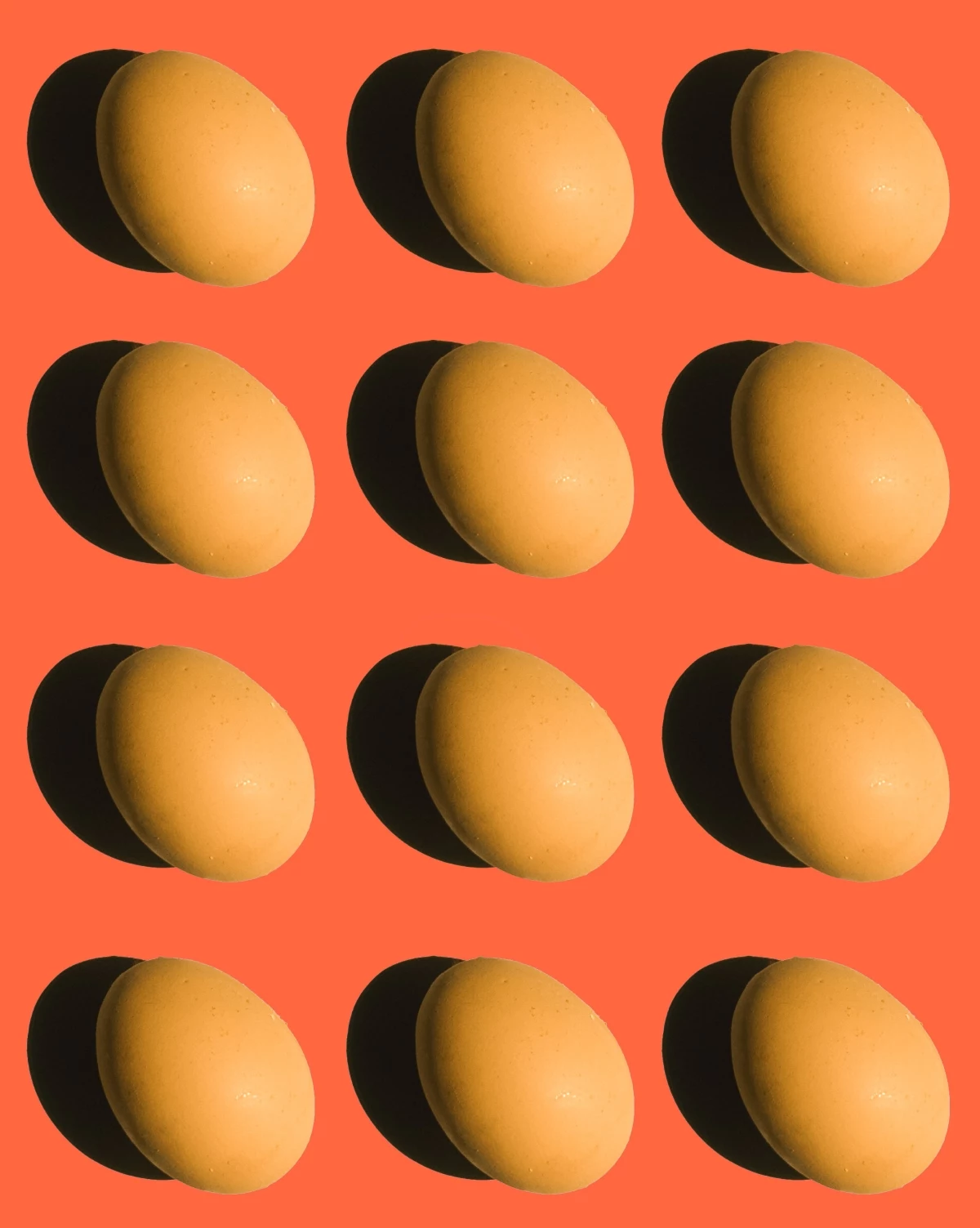
How to Pick the Right Player for Your Recipe
So, how do you choose? I run through a quick mental checklist every time.
- What’s the egg’s main job here? If the recipe already has plenty of baking powder, the egg is for binding and moisture. A flax egg or fruit purée is perfect. If the recipe has no other leavener and calls for whipped eggs? Aquafaba is your only real shot.
- How many eggs am I replacing? This is key. My rule of thumb: if a recipe needs one or two eggs, you can usually substitute with great success. If it calls for three or more eggs (like a classic sponge or chiffon cake), the entire structure depends on them. Don’t try to sub—it’s better to find a recipe that was designed to be egg-free from the start.
- What’s the final texture supposed to be? For a light, airy cake, you need lift. For a dense, fudgy brownie, a fruit purée is an excellent choice that contributes to that desired texture.
- Can I combine substitutes? Absolutely! This is an advanced move. Say you’re making cookies that need binding but also a little extra moisture. You could try using half a flax egg (1.5 tsp ground flax + 1.5 tbsp water) and two tablespoons of applesauce to get the best of both worlds.
Your First Egg-Free Bake: A Quick Win!
Feeling a little overwhelmed? Don’t be. Here’s the easiest way to dip your toes in:
Try This Tonight: Grab your favorite boxed brownie mix. Instead of the egg it calls for, stir in 1/4 cup of unsweetened applesauce. Bake as directed. It’s almost foolproof and will give you a super moist, fudgy brownie. It’s a perfect confidence booster!
Troubleshooting Common Hiccups
Even with the best plan, baking can be fickle. Here are some common problems and how to fix them.
- Problem: My cake is dense and gummy. This usually means too much moisture without enough structure, a common issue with fruit purées. Next time, try reducing another liquid in the recipe (like milk or water) by a tablespoon or two.
- Problem: My bake is dry and crumbly. Your sub probably didn’t have enough fat. Commercial replacers can cause this. Try adding an extra tablespoon of oil or melted vegan butter to the batter to enrich it.
- Problem: My cookies spread into one giant sheet. Your binder wasn’t strong enough to set during baking. The easiest fix? Chill your cookie dough for at least an hour before baking. This solidifies the fat and helps prevent spread.
- Problem: My muffins look pale and sad. Eggs help with browning. Without them, things can look a little anemic. A quick trick is to brush the tops with a bit of plant-based milk or maple syrup right before they go in the oven. It helps create a lovely golden-brown crust.
A Final Word on Safety and Allergies
Heads up! When you’re baking for someone with a food allergy, you’re not just a baker—you’re a guardian of their health. Cross-contamination is a very real danger.
An invisible trace of egg protein can be enough to cause a reaction. This means using separate, spotlessly clean bowls, mixers, and utensils. In pro kitchens, we use designated tools for this. At home, just be extra vigilant with your cleaning.
Mastering egg-free baking is a skill that comes with practice. So grab a notebook, try a swap, and write down what happened. Was it perfect? A little too dense? This log will become your personal baking bible. Soon, you’ll develop an instinct for it, and that’s when the real fun begins.
Inspirational Gallery
The golden rule of substitution: There is no one-size-fits-all egg replacer. A mashed banana works wonders for moisture in brownies but would be a disaster in a light, airy angel food cake. Always match the substitute’s properties (binding, moisture, leavening) to the recipe’s primary need.
The discovery of aquafaba’s egg-like properties in 2014 by French musician Joël Roessel is a testament to culinary ingenuity, transforming a waste product into a vegan baking staple.
That miraculous, viscous liquid from a can of chickpeas can be whipped into a stable foam, just like egg whites. It’s the secret behind impressive egg-free meringues, macarons, and delicate mousses. Don’t discard it—it’s liquid gold for vegan bakers!
My recipe calls for one egg. How do I make a “flax egg” to replace it?
It’s incredibly simple. Vigorously whisk together 1 tablespoon of ground flaxseed meal (golden or brown works) with 3 tablespoons of water. Let it sit for 5-10 minutes in the refrigerator to thicken. It will develop a gelatinous, egg-like consistency perfect for binding in muffins, pancakes, and hearty cookies. It does add a slightly nutty, earthy flavor, so it’s best in recipes where that taste is a welcome addition.
When reaching for a commercial egg replacer, know that they aren’t all the same. Your choice can subtly alter the final result.
- For light cakes & cupcakes: A starch-based powder, like Bob’s Red Mill Egg Replacer, is fantastic. It’s primarily potato starch and tapioca flour, so it provides lift and binding without adding a dense texture or strong flavor.
- For brownies & cookies: Consider a protein-forward option like The Neat Egg, made from chickpeas and chia seeds. It offers superior binding for denser baked goods where a little extra structure is a good thing.
- Creates an incredibly rich, dense, and creamy texture.
- Adds a boost of protein with a neutral flavor.
- Perfect for cheesecakes, quiches, and mousses.
The secret ingredient? Silken tofu, puréed until completely smooth. Brands like Mori-Nu offer shelf-stable packages perfect for keeping on hand for baking emergencies.
Don’t overlook the visual impact of your substitute. Using ¼ cup of pumpkin purée not only replaces an egg but also lends a beautiful golden-orange hue and a warm, spicy undertone to your bake. In contrast, silken tofu is a blank canvas, ensuring your vegan lemon tart stays brilliantly pale and lets the citrus flavor shine without competition.
Applesauce is not always your friend. While a great source of moisture, it contains a lot of sugar and pectin. Here are two common pitfalls:
- Using sweetened applesauce without reducing the sugar in your recipe, resulting in an overly sweet, cloying bake.
- Expecting it to provide structure in recipes needing serious lift. It excels at moisture, not binding, making it better for dense brownies than for a structured cake.
A single hen can drink up to a pint of water on a hot day just to produce one egg.
Choosing plant-based substitutes is often a more shelf-stable and resource-efficient option. A bag of flaxseed or a can of chickpeas has a much smaller water footprint and won’t spoil in a week, making your pantry a reliable resource for spontaneous baking projects.
Looking for inspiration? Many global cuisines have perfected egg-free baking out of tradition, not necessity. Take Nankhatai, the beloved Indian shortbread cookie. They get their signature crumbly, melt-in-your-mouth texture from a simple combination of flour, ghee (clarified butter), and fine semolina, proving that incredible results often come from the simplest ingredients.










